Verum One MK II Headphones – Eastern Champion
Verum One is a full sized over-the-ear planar magnetic headphone, priced at 350 USD. This makes them an upper midrange headphone, and they will be compared to other upper midrange headphones like HIFIMAN Deva, Sivga P2, Dan Clark Aeon Flow RT, and Verum One MK I. Pairings will include pairings with Lotoo Paw 6000, iBasso DX220, and FiiO M11 PRO.
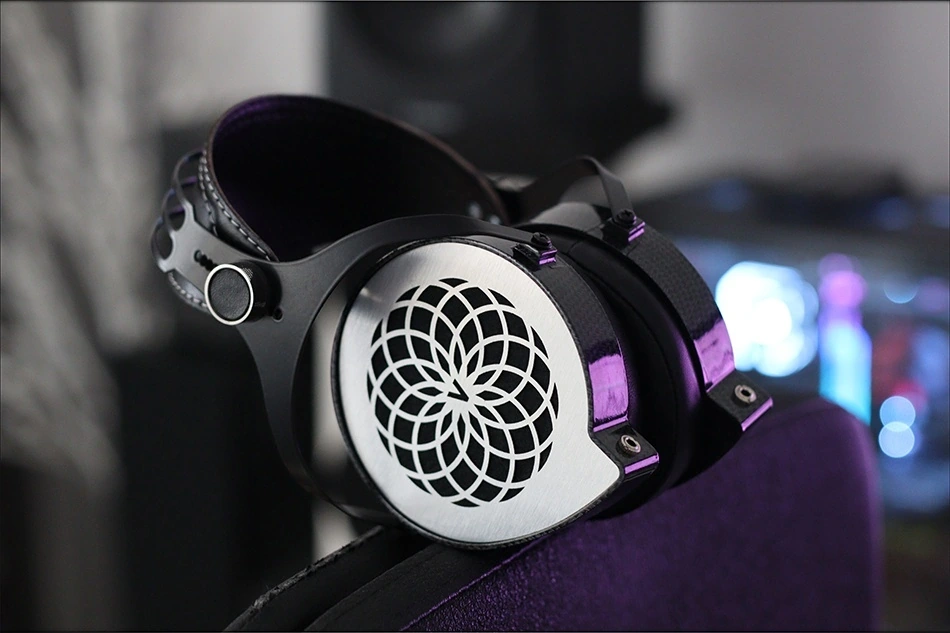
Introduction
Verum One is made in Ukraine, by a one-man company, and this is why I consider it the Eastern Champion. They are based on a single person’s hard work, and to their win, they actually managed to design a really good headphone. They have been doing this for years now, and they are a person dedicated to making this headphone last. The main highlights include full metallic build, with actual leather, full planar magnetic drivers, and even a fully mechanical adjusting mechanism that should help you fit Verum One nicely regardless of the size of your head.
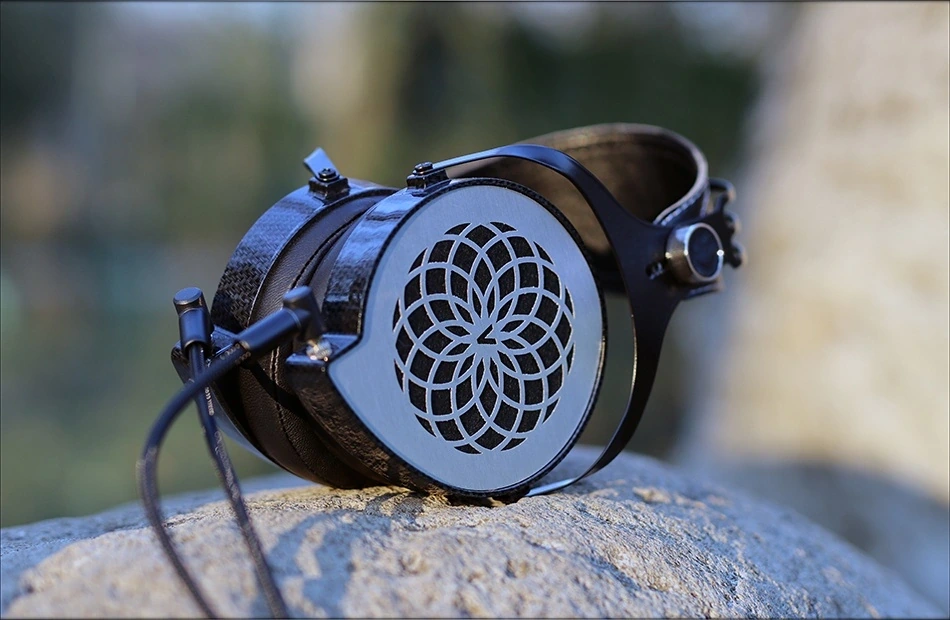
It should be noted that I have absolutely no affiliation with Verum, I am not receiving any incentive for this review or to sweeten things out. I’d like to thank Verum for providing the sample for this review. Every opinion expressed is mine and I stand by it, the purpose of this review is to help those interested in Verum One find their next music companion.
Product Link
You can grab a pair of the Verum One MKII Headphones from here: https://www.verum-audio.com/store
Packaging
First things first, let’s get the packaging out of the way:
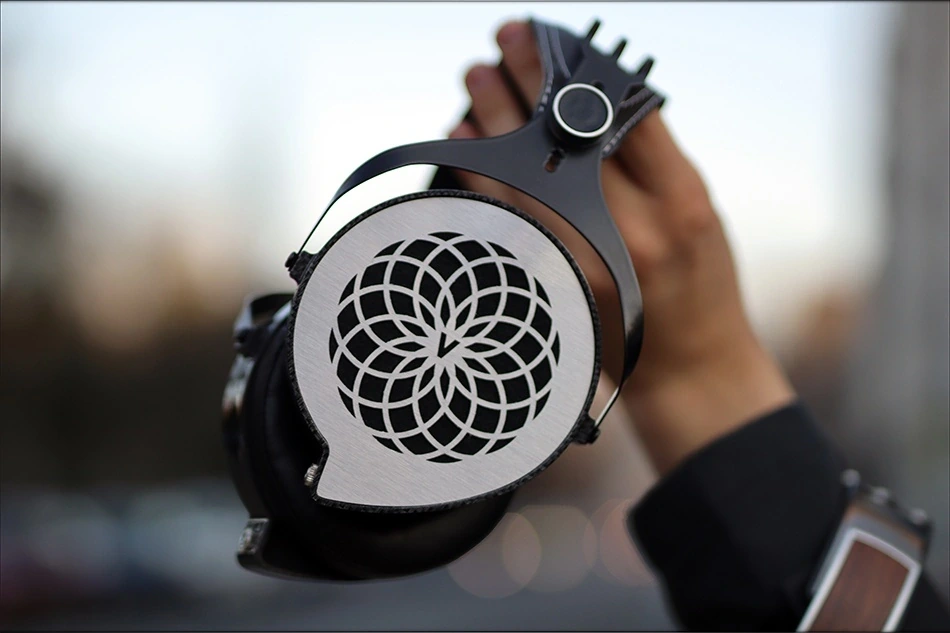
There’s no package. They come in a cardboard box, wrapped in bubble protection, and with a high-quality cable. That is pretty much everything you receive with the Verum One.
Most headphones do come with a package, and at this price point coming with none makes me wonder what the actual quality of Verum One will be like. It is clear that the company does not rely on marketing much.
Build Quality/Aesthetics/Fit/Comfort
We’re looking at a tank of headphones here. Full metallic frame, metallic faceplates, carbon fiber earcups, planar magnetic drivers, leather headband and leather earpads.
Despite the earpads looking pretty flush with the cupos, they are extremely comfortable, actually having the right amount of softness to be comfy. The earpads are not straight and angled / sculpted to best fit a human head.
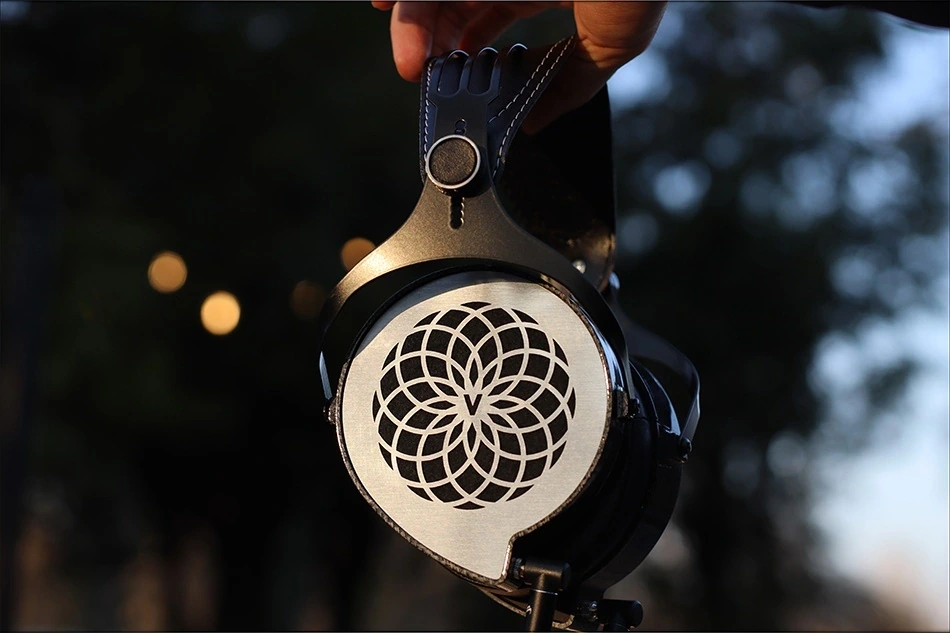
The cable included with Verum One MK II is much better than the cable that was included with the first version. The MK II also has a beautiful headband you can take outdoors, with a mechanism that allows for lateral swivel, making them great for your head regardless of the shape / size.
There is driver flex, and this is something I also noticed with Audeze on their LDC-MX4 headphones. It feels like it is a normal thing for planar magnetic headphones, but something quite unusual if you’re coming from dynamics.
The passive noise isolation is actually ok, they offer around 8-10 dB of passive noise isolation. They leak like a frat party tho, so you won’t be able to use them if you need to be stealth or quiet.
The drive factor was a huge thing for many, and Verum quotes a very low impedance for Verum One MK II, 8 OHMs. The original had a much lower impedance actually, and it would often bring my smartphone and other sources in overdrive / clipping thanks to the sources not being prepared for such a low impedance. The 8 OHM of Verum One MK II is more than enough for me to be able to power them from my smartphone, portable DACs like BTR5, or DAPs like Shanling M2X.
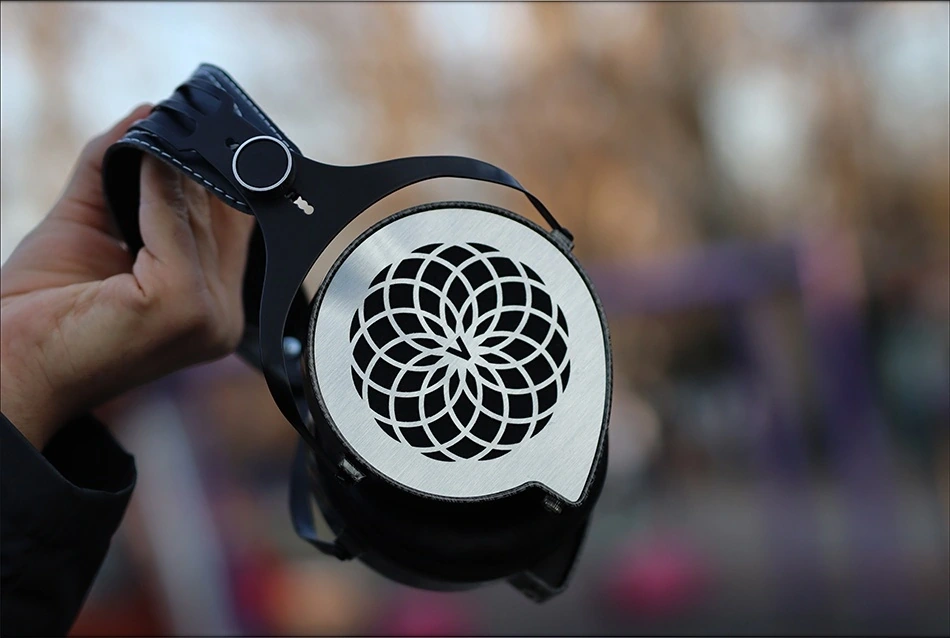
Verum One MK II scales a ton with the source, and the more detailed, clean, clear and resolute the source is, the better they will sound. They are somewhat hard to drive thanks to their somewhat low SPL of just 96dB, so a smartphone at maximum may not be loud enough for them. A FiiO BTR5 is enough, but most smartphones won’t be.
Thanks to their design, they’re compatible with balanced cables, and they have a normal 3.5mm jack at the headphone level, so you will be able to use them with any balanced cables that are HIFIMAN Sundara / Arya compatible, as well as Meze Balanced Cables. The Y split is a bit high for me on the default cable, but I couldn’t notice it while wearing the Verum One, and there is no microphonic noise coming from the cable.
All in all, Verum One MK II is perfect in terms of comfort once you adjust the cups and place them on your head. Build quality is also perfect.
Youtube Video
Sound Quality
Despite 8 OHM being enough to not bring most sources into clipping, it still isn’t enough to offer Verum One MK II a linear sound with most sources. This means that if your source has a high output impedance, their bass will decrease, and their treble will be louder. For this reason, DAPs like Hiby R6 won’t work well, and will sound odd with it. DAPs like FiiO M11 PRO, Shanling M2X, HIFIMAN R2R2000, or iBasso DX300 work perfectly with Verum One MKII. For writing the sonic part of this review, I also used Lotoo Paw 6000, Singxer SDA-2 DAC/AMP, and Feliks Euforia driven by a Denafrips Ares II DAC.
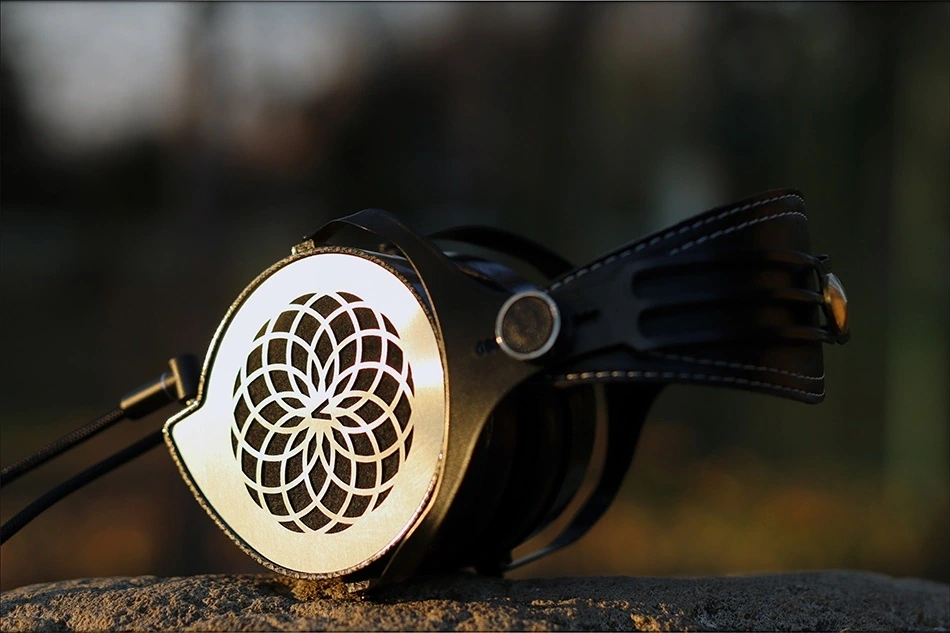
The sound can generally be described as lively, dynamic, punchy, clean, clear, transparent, smooth in the treble, airy, wide, holographic, and with a deep, full, lush bass. Verum One MK II sounds best at medium and loud volumes, when it gets more dynamic and punchy, while at low volumes it makes a laid back and smooth experience.
The bass of Verum One MKII is deep, lush, has excellent extension and depth. It has an excellent slam and is the rumbly type rather than the thumpy type. This means that there’s more emphasis on the lower and subsonic frequency ranges rather than on the mid bass and upper bass. While the sub bass has a delicious extension and body, the mid bass and upper bass are natural, enough to make male voices solid, and all instruments full bodied. By default, Verum One is not necessarily a basshead headphone, they have a quality, quick-natural bass with excellent extension, but they also have a huge headroom and practically zero audible distortion, so I can ramp up the bass with almost 10 dB and still enjoy the sound of Verum One greatly.
That zero distortion thing transfers to the midrange too, where the midrange is really clean, clear and controlled. It is quick and revealing, with a real kick for detail. It even beats Audeze LCD-2C in overall detail and clarity, but with a thicker, more lush body. In fact, that’s the thing I love the most about Verum One, they have a thick-ish sound that’s satisfying, deep and natural, without being overbearing or veiled. They have excellent body to guitars, without sounding dark. In fact, their midrange tuning is slightly bright, so you can hear a ton of background instruments, and a ton of micro-details.
The soundstage is huge, and they have excellent imaging. I am in love with the overall holographic presentation, and the good dynamics help a ton with it.
The treble, at least for me, is the achilles heel of Verum One. It is smoother, relaxed, so you can pump up their volume lots without hearing early fatigue. But this compels me to increase the volume more than I normally would. It isn’t as bland and rolled off as with Xelento, but it has a bit less sparkle than I typically desire from a headphone, which makes them best at high volumes for me. If you’re a fan of smoother and laid back presentations, Verum One will be perfect. I want to emphasize that the treble is really well extended, and is just 5dB below the midrange, which means that it is still very present and sparkly, and will be plenty for most folks. Verum has been responsible with the tuning actually, because the midrange is already a bit bright thanks to a slight peak in the upper midrange, so any more treble, and Verum One would’ve been a bit fatiguing. The treble has a slightly liquid character, so it is never harsh, never metallic and never sibilant. It is actually the perfect treble. Since the whole headphone has a huge headroom of 10dB on average, it is possible to EQ and tweak the treble / bass ratio as much as you want and they won’t distort.
In fact, Verum One has the lowest overall distortion in the ~350 USD price range I heard to date. There are flagships that don’t have this flexibility, and for the ones who would want to tweak them, Verum One will be perfect. That being said, I found the sound to suit me so well that I never ended up EQ’ing them, and actually listened to them in their default state 100% of the time. All EQ tests have been done for the sake of reviewing them, and their musical sound is enjoyable as it is.
Comparisons
The main competitors I went for to stand against Verum One are Sivga P-II, Dan Clark Aeon Flow RT, Verum One Mark I, and HIFIMAN Deva. There are so many headphones in this price range, that picking a specific competitor was a real challenge.
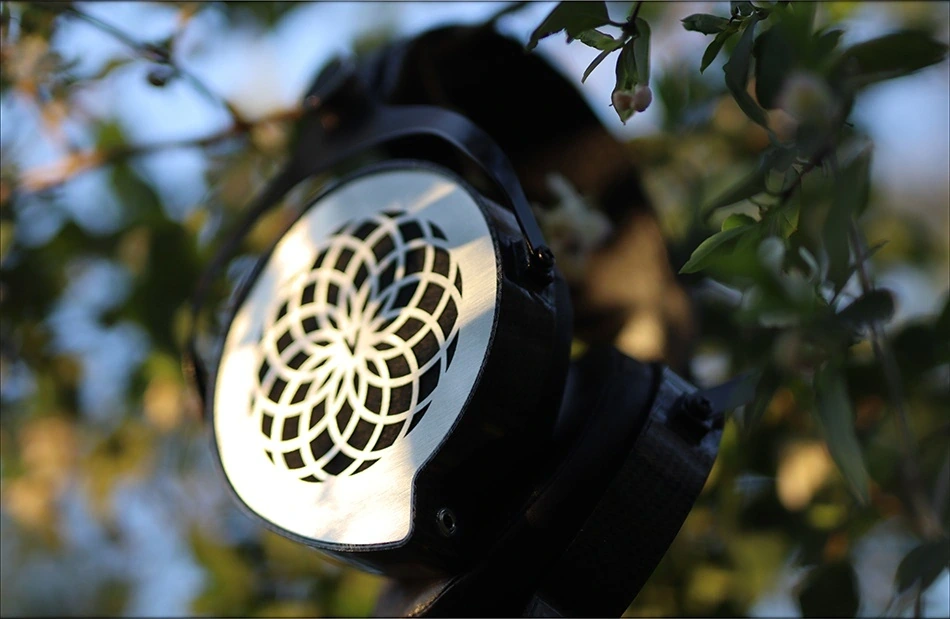
You can go with anything, from a mere HIFIMAN Sundara, to an Ollo S4X, and even an Adam Audio SP-5 makes a good competitors for Verum One Mark II, so you totally have options. The main reason I went with the ones I selected are the design, and that they are the most popular competitors, so the’re the most likely to be on your list when considering what ~350 USD headphone to get.
Verum One vs HIFIMAN Deva (350 USD vs 300 USD) – The comfort is actually similar between the two. Deva is a bit lighter, but I prefer the earpads and headband of Verum One, so comfort will be a tie. Cable is better on Verum One. The overall sound is thicker, more lush, smoother and more detailed on Verum One. Deva wins in soundstage width and depth, while Verum One is more punchy and has more slam. Deva is the has the thumpy type of bass, where Verum One is extended better in the sub lows and has more nuance, especially where bass guitars are involved. Despite sounding larger, Deva is a bit darker in the overall signature, where Verum One is brighter in the mids, and more holographic, more vivid.
Verum One vs Aeon Flow RT (350 USD vs 300 USD) – Aeon Flow RT has many signatures possible, depending on how much damping filters you apply to them. The comfort is generally better on Verum one, with larger earpads, larger cups, more comfortable headband. Verum One also feels better built. The sound is more sparkly on Aeon Flow RT, it also has more sub-bass and better extension both ways. Verum One has a more forward midrange, with more detail in the mids. Verum One is smoother in the treble, with less excitement, where Aeon Flow RT is more exciting, more sparkly. Verum One has a wider and deeper soundstage. Aeon Flow RT is more emotional. Verum One is more vivid and punchy.
Verum One MKII vs Verum One MK I (350 USD vs 300 USD) – There are practical differences in the build and overall comfort between the First and the Second version of Verum One. I noticed that the original had more sub-bass and more bass in general. The second generation makes it feel like the original was a bit veiled in comparison. The midrange is brighter on the second generation. This makes the entire sound a bit more open and the soundstage wider, more holographic on the second generation. The cable included with MK II is much better than the cable included with MK I. Overall, the second generation is an uplift from the original, with a more vivid sound, less thickness, and a more natural overall sound. I also liked the better impedance on MK II, where MK I would often bring sources into clipping at loud volumes, because it had such a low impedance. MK II does not have this issue and works perfectly with all sources I tested so far.
Verum One vs Sivga P-II (350 USD vs 300 USD) – Verum One is larger than P-II, so more comfortable, but also heavier. I prefer the overall fit of Verum One for my ears and head. The overall sound has that strong thumpy presentation on P-II, where they have a specific bass coloration that gives all “p” sounds an emphasis. Verum One sounds more natural with its bass, has less thickness, where p-II is thicker. The midrange is warmer, more joyful on P-II, where it is brighter, more open, wider and deeper on Verum One. The treble is more sparkly, more open and brighter on Sivga P-II. Verum One has a smoother, more relaxing, more liquid treble. Sivga P-II has a natural to slightly dry character, where Verum One is more liquid. Helps a lot with musicality. Sivga p-2 is easier to drive, and comes with a balanced cable from the factory.
Recommended Pairings
Any high-end DAP or DAC/AMP would theoretically make a good source for Verum One, but you need to go with brighter, more dynamic and punchier sources for the best sound.
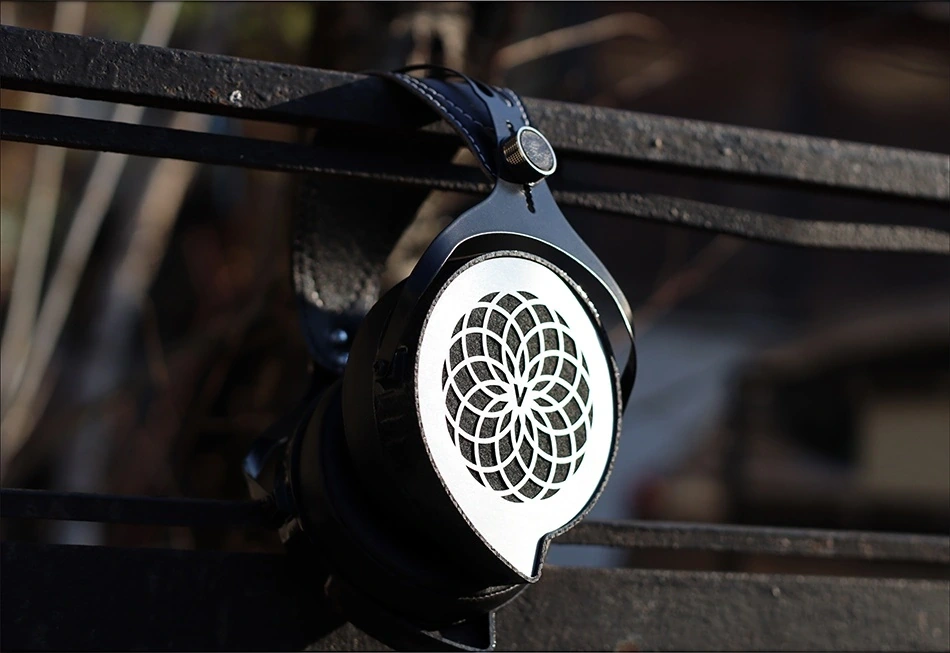
I also noticed an audible difference when the source has a really high output impedance so stuff like ACMEE MF-01 won’t work well, and it is recommended to go with the DAC/AMp or DAP that has the lowest output impedance, while it still has the resolution, detail and clarity necessary to keep your experience engaging.
Verum One + iBasso DX220 (350 USD + 900 USD) – DX220 is actually excellent with Verum one, and I went with it instead of DX300, because I really enjoyed the presentation with AMP7, which has a slightly brighter top end, and a slightly thinner presentation than DX300. This works well with Verum One’s heavier fuller presentation. In general, the pairing is detailed, crisp, musical, liquid, has a smooth and relaxing treble. Fully enjoyable for hours on a row, and also portable.
Verum One + Lotoo Paw 6000 (350 USD + 1200 USD) – Paw6K is excellent too, because it has a more gentle nature, which helps further with the musicality and overall smoothness of Verum One. The whole setup sounds a bit brighter than most sources, which helps a lot give Verum One a bit more excitement and more sparkle, and also more resolution. That’s a big thing, because with DX220 and PAW6000 I can notice a ton of detail, and going back and forth between sources for Verum One revealed that they do scale a lot with the source.
Verum One + FiiO M11 PRO (350 USD + 650 USD) – If you want a more typical experience, M11 PRO is really nice because it has a good dynamic presentation, with a heavier body. I would consider this pairing to be a standard for Veurm One, and even though they do have a low output impedance, M11 PRO can handle it pretty well without sounding thin or having background noise.
Value and Conclusion
The value of Verum One Mark II is exceptional. This is a headphone that manages to be worth all its money despite coming bare, with no package, no fluff, just the headphone and the cable. What’s even more interesting, they manage to be excellent when it comes to their sound, having zero distortion, and somehow, despite being home made, their units survive for years, so totally good value.
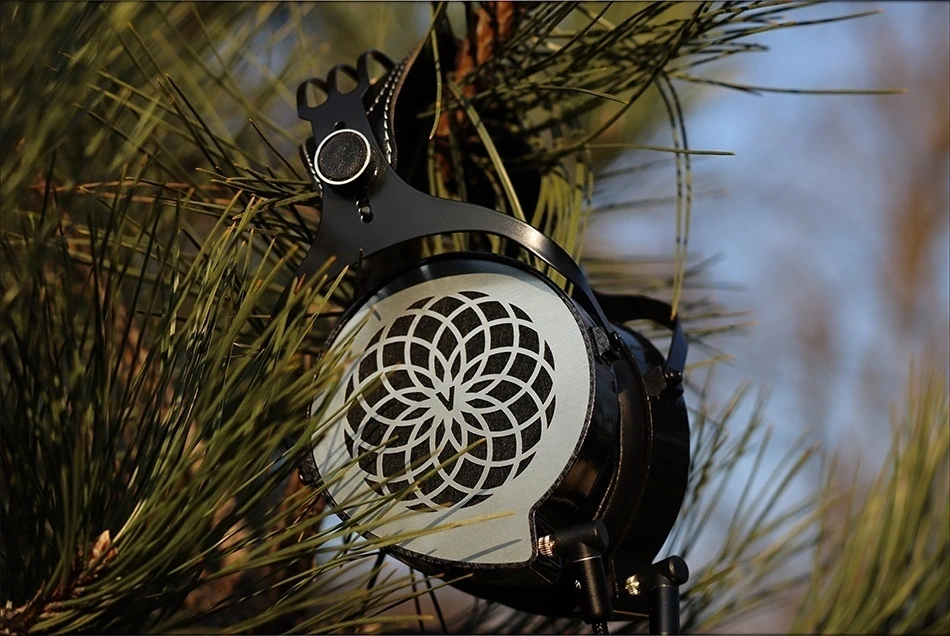
In fact, Verum One Mark II will be placed in Audiophile-Heaven’s Hall Of Fame, as one of the best upper midrange headphones ever created. It would be really interesting and exciting to see what a Verum Flagship would look and sound like, considering the price / performance ratio they managed to offer with the Verum One.
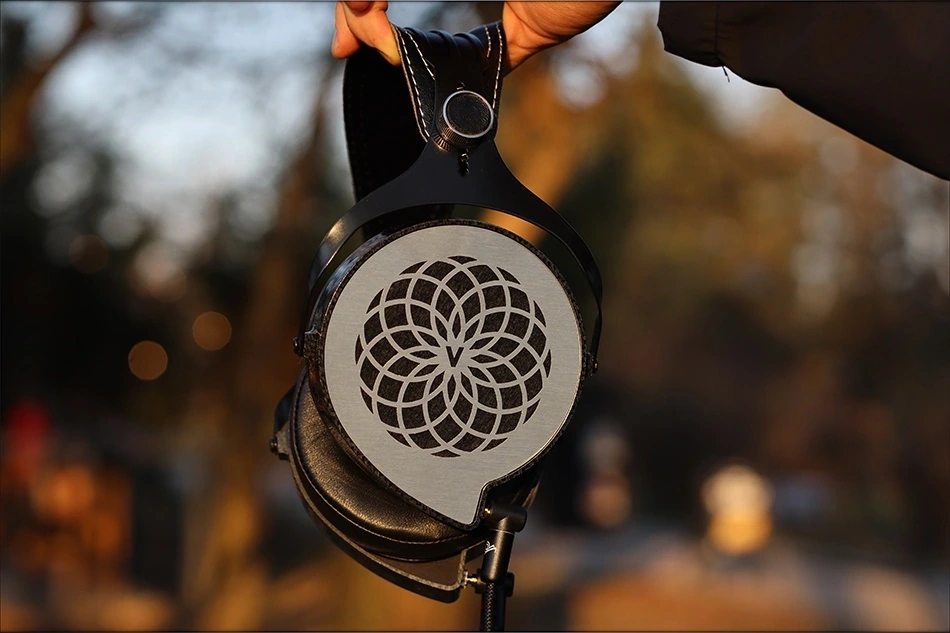
Truth be told, I already reviewed the original Verum One once, and this review is about the MK II, but it is good to see that they kept improving the Verum One headphone to the point where it is now. I like to see the better clarity, better headroom for EQ, and deeper, wider sound that makes the whole headphone stand up to the task of standing in today’s crowded market.
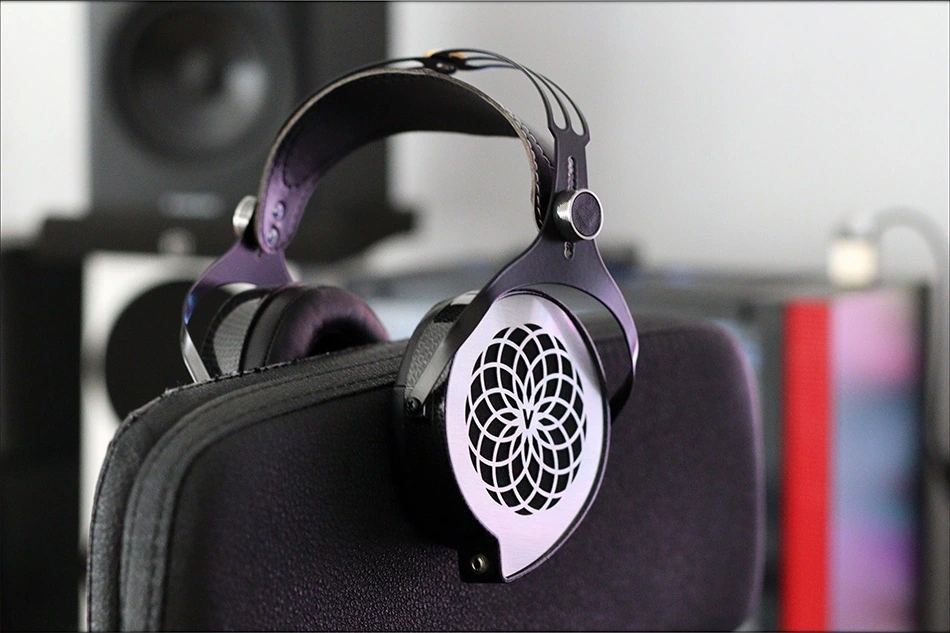
At the end of today’s review, if you don’t mind waiting a bit for it to be ready, and if you want a headphone that’s clean, crisp, detailed, has a wide soundstage, and a holographic presentation, and if you want to spend just 350 USD for that experience, Verum One is one of the best I can recommend.
Product Link
You can grab a pair of the Verum One MKII Headphones from here: https://www.verum-audio.com/store
--- Please remember to stay safe, and always have fun while listening to music!---
- If you have a dime to spare, please donate, and help us! It would make the day brighter for me and my wife-
Full Playlist used for this review
We listened to more songs than those named in this playlist, but those are excellent for identifying a sonic signature. I recommend trying most of the songs from this playlist, especially if you’re searching for new music! The playlists are different for Spotify, Tidal and Youtube, and based on the songs I enjoy and are available on each!
https://www.youtube.com/playlist?list=PL_cjBXGmwSHSdGcwuc_bKbBDGHL4QvYBu
https://open.spotify.com/playlist/5J3oloz8Riy9LxEGenOjQ0?si=979ba4f082414be7
https://tidal.com/browse/playlist/330fd544-8e5b-4839-bd35-676b2edbb3d5
--- Contact Us ---






would his make a good counterpoint headphone to the Sundara in your view, I’m also interested in the comparison with the hifima deva as that headphone has come in for a lot of criticism from certain reviewers that actually out me off them although I was very interested in them. I was speak GTO one of the reps from the largest specialist headphone importer in the UK and although they don’t handle hifima anymore his personal go to headphine for e erydat running was the Deva.
Hiii
I think Deva is a great counter for Sundara, but also many others like Avantone Pro Planar Headphones. Audeze LCD2C is a good one. Deva is still a favorite of mine, for the price it is great. It won’t be a full counter for Sundy, they have similar bass…